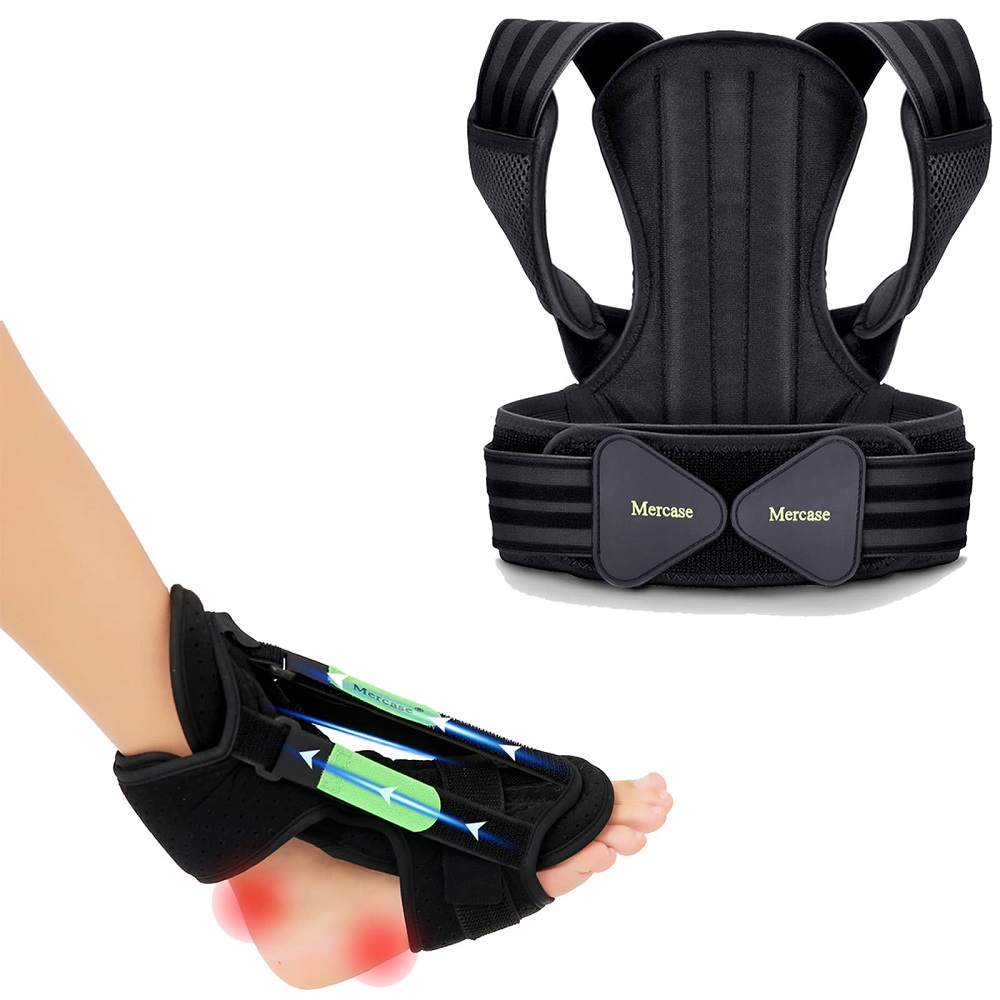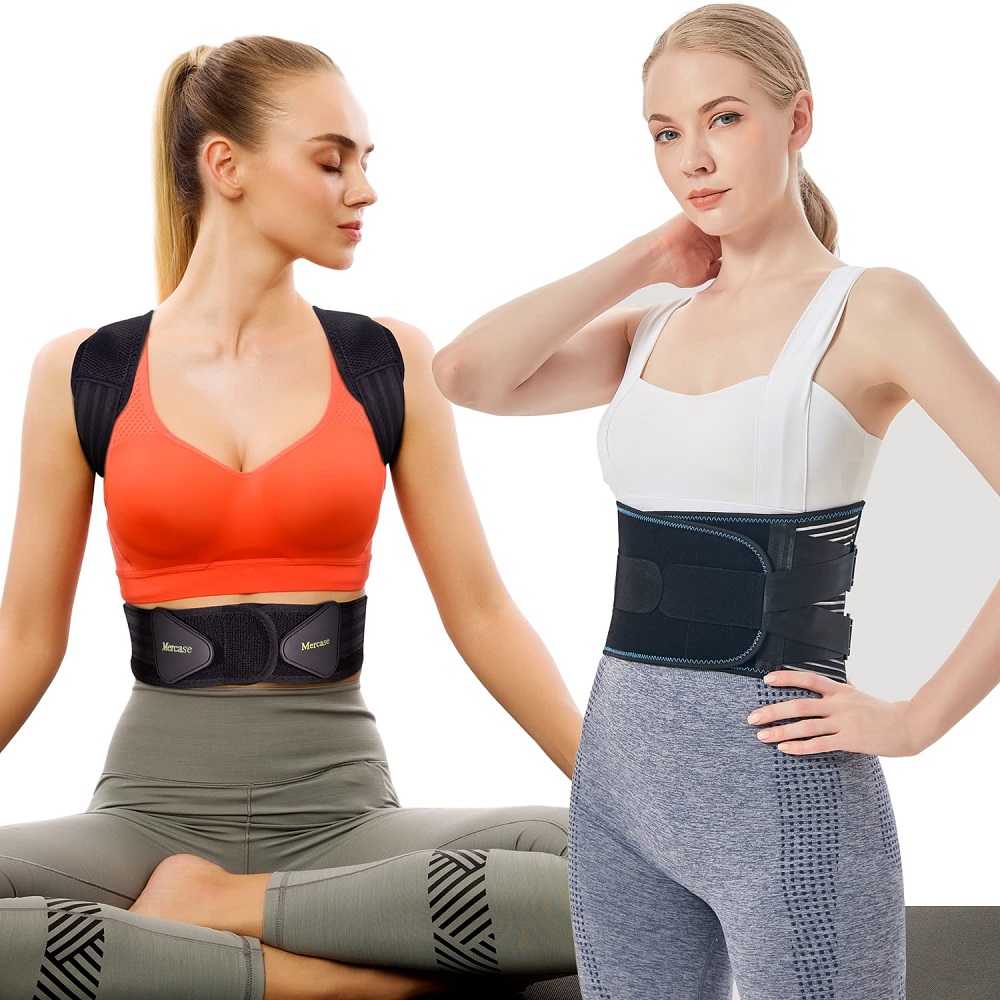Good posture is more than just a trendy concept; it’s a vital component of overall health and well-being. As we spend long hours sitting at desks or using electronic devices, the effects of poor posture are becoming increasingly evident. Back pain, neck strains, and fatigue often plague those who neglect their posture. Exploring the science behind posture corrector reveals its significance, the mechanics at play, and practical ways to improve your alignment. Understanding these principles can motivate individuals to prioritize good posture for healthier living.
Understanding Posture: What Is It?
Definition of Posture
Posture refers to the position and alignment of your body when standing, sitting, or lying down. It encompasses how we hold our head, shoulders, spine, and limbs. Good posture involves maintaining the natural curves of the spine while keeping your body balanced and aligned. It minimizes strain on your muscles and ligaments and supports optimal functioning of your organs.
Types of Posture
Posture can be categorized into several types: dynamic posture refers to how you hold your body while moving, and static posture applies to the positions your body takes while stationary, like sitting or standing. For many people, static posture becomes problematic due to prolonged periods of sitting in front of computer screens. Recognizing the differences can help you identify specific areas where improvement is needed, making it easier to focus on your posture during various activities.

Why Good Posture Is Crucial for Health
Reducing Musculoskeletal Pain
One of the most significant benefits of good posture is its role in minimizing musculoskeletal pain. Poor posture places stress on the spine, leading to muscle fatigue and discomfort. A healthy alignment allows your body to distribute weight evenly, reducing the strain on muscles and joints. For example, when sitting with a straight back, your spine bears weight more efficiently, alleviating pressure that may otherwise cause pain. This can be especially beneficial for individuals who spend long hours at a desk or working from home.
Enhancing Breathing and Digestion
Good posture improves not only musculoskeletal health but also vital bodily functions. When you slouch or hunch over, your diaphragm and lungs cannot expand fully, restricting airflow. This can lead to shallow breathing, which may make you feel fatigued and less alert. Proper posture allows your respiratory system to function optimally, supporting better oxygenation of your body and improving energy levels. Similarly, sitting or standing straight can enhance digestion. When your spine is aligned, it allows your organs, such as the stomach and intestines, to work more efficiently, making digestion smoother and reducing discomfort.

The Science of Posture Mechanics
Biomechanics of Posture
Biomechanics plays a significant role in understanding posture. It studies the physical principles of movement and how forces interact with the body. When your posture is aligned, the forces acting on your body—such as gravity—are balanced, reducing the need for additional muscular effort. This balance helps preserve energy, allowing for improved stamina and productivity.
The Role of Muscles and Joints
Muscles and joints work together to maintain posture. For example, in static positions, certain muscles engage to stabilize your spine while others support movement. Muscle imbalances can occur with poor posture, leading to overuse in some areas while others weaken. For instance, tight hip flexors from prolonged sitting can result in a pelvic tilt, causing back pain. Knowing how these factors interact encourages individuals to take a proactive approach to strengthen weak muscle groups and stretch tight areas, thereby enhancing overall posture.

Common Posture Problems and Their Effects
Slouching and Forward Head Posture
One of the most common posture problems is slouching, characterized by a rounded back and forward head position. Many individuals unintentionally adopt this posture when sitting at desks or looking at smartphones. Slouching can lead to neck and shoulder pain, headaches, and reduced energy levels. The strain on the spine can cause the cervical vertebrae to compress, leading to long-term issues if not addressed.
Hyperlordosis and Kyphosis
Another common condition affecting posture is hyperlordosis, or an exaggerated curvature of the lower back. This can result from prolonged sitting and weak abdominal muscles. Similarly, kyphosis refers to an excessive outward curvature of the spine, often affecting older adults. Both conditions can impact mobility and result in chronic pain. Recognizing these problems enables individuals to take corrective actions to improve their posture and avoid developing long-term issues.
Tools for Posture Correction
Posture Correctors
Various tools can assist in correcting posture. Posture correctors, which can range from simple straps to more sophisticated devices, help provide support and alignment. They gently pull the shoulders back and train your body to adopt a healthier posture over time. These devices are particularly beneficial for those new to awareness of posture, as they offer immediate feedback and lower the chances of slouching.
Ergonomic Workstations
Creating an ergonomic workstation is another practical way to enhance posture. An adjustable chair, desk, and monitor setup can significantly impact how you hold yourself while working. For example, a chair with lumbar support encourages appropriate back alignment, while the monitor’s eye level prevents unnecessary neck strain. Investing in ergonomic furniture can complement the use of a posture corrector and contribute significantly to improving your overall alignment during work hours.

Exercises to Improve Posture
Strengthening Exercises
Incorporating specific exercises into your routine can effectively enhance your posture. Strengthening exercises that target the core, back, and shoulders will promote better alignment. Activities such as planks, bridges, and rows can help build a supportive muscle structure. Resistance training using bands or weights can also be beneficial. Aim to include these exercises at least two to three times per week to see noticeable changes in your posture and strength.
Stretching and Flexibility Exercises
Stretching is equally essential for improving posture. Regular stretches can counteract the tightness that comes from prolonged sitting, particularly in the hips, chest, and shoulders. Yoga and Pilates are excellent practices for combining strength and flexibility while focusing on posture. Take time each day to perform stretches that open up the chest and hip flexors to maintain muscle balance. Incorporating stretching breaks into your daily routine can keep your muscles limber and prevent the onset of postural problems.
Long-Term Benefits of Posture Correction
Enhanced Physical Performance
Correcting your posture can yield long-term benefits for overall physical performance. Improved alignment allows for greater efficiency in movement, reducing the risk of injury during sports or daily activities. When your body is aligned properly, it becomes easier to engage in physical challenges, whether you’re lifting weights at the gym, going for a run, or playing recreational sports. Over time, these improvements will lead to higher levels of fitness and a more active lifestyle.
Improved Mental Well-Being
Additionally, there is a strong connection between good posture and mental well-being. Studies show that individuals with better posture tend to report higher levels of confidence and lower rates of anxiety. When you stand or sit tall, you send signals to your brain that can contribute to a positive mood. Conversely, slouching can lead to feelings of defeat and lack of motivation. Therefore, focusing on correcting your posture can enhance not only your physical health but also your emotional well-being.
The Role of Technology in Posture Correction
Smart Devices and Apps
Technology plays an increasingly important role in posture correction. Numerous smart devices are available that can help monitor your posture throughout the day. These devices often come equipped with sensors that detect slouching or improper alignment. When poor posture is detected, they provide gentle reminders through vibrations or notifications on your smartphone. Some apps even allow you to track your posture habits over time, providing insights that guide your improvement efforts. This combination of technology and awareness can help you remain committed to correcting your posture in a modern work environment.
Online Resources and Communities
In addition to smart devices, the internet offers numerous resources for those seeking to improve their posture. From instructional videos on proper body mechanics to dedicated forums where users can share tips and experiences, these resources can be invaluable in your journey. Online communities create supportive networks where individuals can motivate each other and celebrate progress together. Engaging with these groups not only enhances your knowledge but also strengthens your resolve to maintain good posture habits. Embracing technology and community can significantly facilitate your efforts toward a more aligned and healthier lifestyle.

Conclusion
Understanding the science behind posture correction emphasizes its importance in daily life. Good posture contributes to physical health, enhances mental well-being, and supports productivity. By recognizing the mechanics of posture, identifying common problems, and utilizing tools and exercises to improve alignment, you set the foundation for healthier living.
Keep in mind that posture adjustment is an ongoing process, and small incremental changes can lead to significant, long-lasting benefits. Combine posture correctors, ergonomic workspaces, and targeted exercises to create an effective posture management strategy. Embrace the journey toward better posture, and enjoy the positive changes that follow—better health, reduced pain, and increased confidence await. The time to invest in your posture is now!
